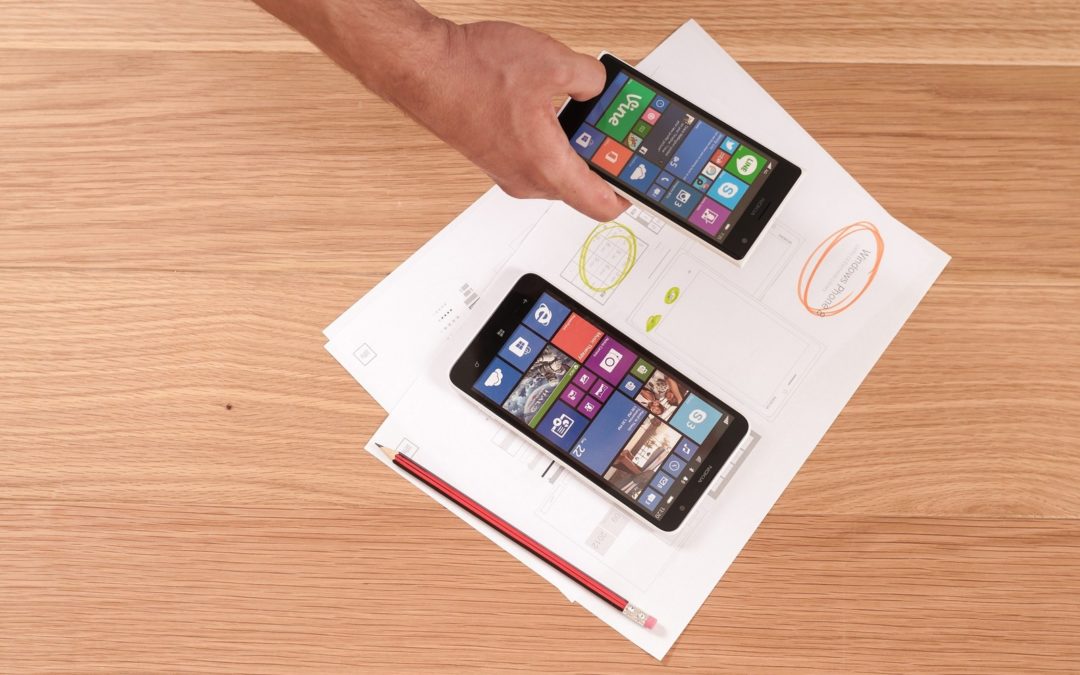2018 will undoubtedly be another year of growth and expansion for the UX industry. We’ve already seen tremendous change in 2017, with the rise of new platforms and new ways of thinking about the user experience, including groundbreaking digital and real-life experiments, such as Amazon’s brick-and-mortar stores that have done away with checkout lines altogether.
While all predictions are inherently uncertain, we think we can safely say that certain trends are here to stay in the new year. Among the predictions we’re relatively confident making for 2018 are:
Mobile design will be everywhere.
Roughly 77% of Americans now own a smartphone, according to the Pew Research Center, and the proportion of people overseas who own smartphones—especially in developing countries—is growing quickly, too.
While there was a time when businesses could get away with an optional mobile experience for their users, that time has long since passed. The ubiquity of smartphones has made every retailer, app creator, software developer, and small business realize the need for a mobile-friendly presence.
We predict that 2018 will see an even higher uptick in mobile usage throughout the world and the continuation of a gradual shift away from desktop-first to mobile-first. Within a few years, we could even see a world where the desktop is considered a luxury commodity while the mobile device has become default.
User experience design will include chat applications…
We usually think of visual interfaces when we think about UX design, but another trend we’re seeing strongly is the growth of chat interfaces, from the standard SMS text message to the rise of applications like WhatsApp and Facebook Messenger.
Increasingly, UX designers will need to consider the chat environment as an extension of the user experience, and that means designing things like conversation interfaces, AI “chatbot” personalities, and even entire applications that exist inside chat.
and audio, too!
The chat interface isn’t limited to text, either. With the growth of voice-controlled applications like the Google Home, Amazon Alexa, and Apple’s Siri, UX design will also transition into the audio realm, as well.
While it may seem like designing audio interfaces doesn’t fit within the realm of UX design, the task actually calls upon a variety of skills that UX designers possess, including user research, prototyping, and information architecture.
Plus, with these platforms slowly becoming mainstream, the ability to design for both visual interfaces and audio channels will be a huge asset for adaptable and versatile UX designers.
Everyone will hire UX experts.
For years, the user experience field was a well-respected but little-known niche mainly filled by organizations who understood the power of user research and putting their users first. Now, UX has become a buzzword that nearly every user-facing organization desires to incorporate into their workflow.
In 2018, we predict we’ll see UX enter the mainstream even further, with user experience being applied to all types of industries and fields, from air travel to healthcare to technological breakthroughs that we’re just starting to witness (self-driving cars, for example, will need massive amounts of user experience refinement as they become everyday parts of our lives.)
This bodes well for the industry at large but also points out how vital UX work is to creating smart and usable products that stand the test of time.

